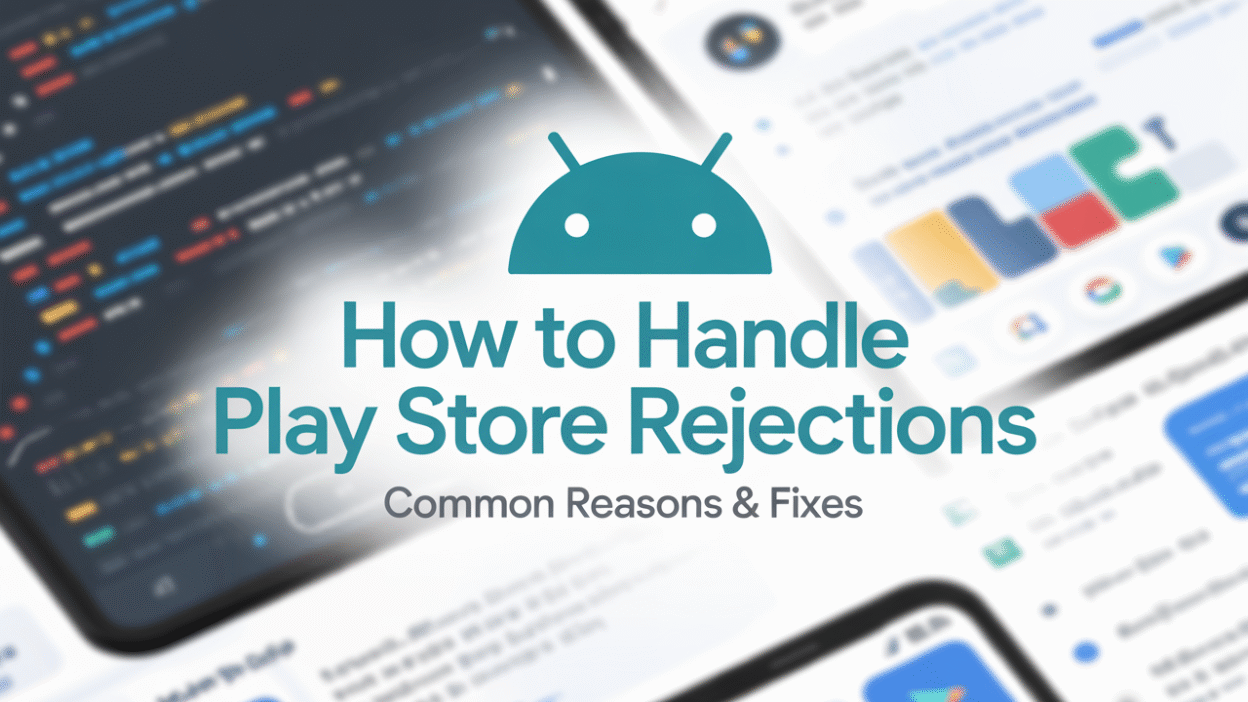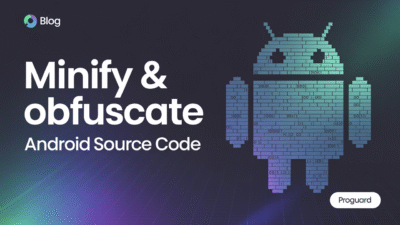Getting your app rejected from the Google Play Store can be a frustrating and time-consuming experience for developers. However, understanding common rejection reasons and knowing how to address them can significantly increase your chances of approval on subsequent submissions. Here’s a breakdown of some of the most frequent causes of Play Store rejections and how to fix them.
1. Crashes and Bugs
One of the most common reasons apps are rejected is due to crashes or bugs that prevent proper functionality . Google places a strong emphasis on user experience, and any instability in your app will likely result in a rejection.
Fix: Thoroughly test your app across multiple devices and Android versions. Use tools like Firebase Crashlytics to identify and resolve crash points before submission. Beta testing with real users can also help uncover issues that automated tests might miss .
2. Inconsistent or Confusing Navigation
A poor user interface or confusing navigation structure can lead to rejection . Google wants apps to offer intuitive experiences that align with Material Design guidelines.
Fix: Ensure your app follows standard UI conventions. Simplify navigation, use familiar icons, and maintain consistency in layout and interaction patterns throughout the app.
3. Violating Location Policy
If your app requests location permissions unnecessarily or doesn’t clearly explain why it needs them, it may get rejected under Google’s location policy .
Fix: Only request location access when essential to your app’s core function. Provide a clear rationale in the app description and ensure that users can easily understand why their location data is being used.
4. Copyright Issues
Submitting an app that infringes on someone else’s intellectual property or mimics another popular app too closely can lead to rejection .
Fix: Make sure your app offers original content and functionality. Avoid using copyrighted images, logos, or code without permission. Conduct a trademark search if you’re unsure about your app name or branding elements.
5. Lack of Privacy Policy
Google requires all apps that collect personal information to include a privacy policy. Failing to provide one is a major reason for rejection .
Fix: Create a comprehensive privacy policy that explains what data your app collects, how it is used, and how users can manage their information. Link this policy in your app’s store listing and within the app itself.
6. Poor Performance
Apps that drain battery life excessively, consume too much memory, or perform inefficiently may be flagged during review .
Fix: Optimize your code, compress media files, and minimize background processes. Tools like Android Profiler can help identify performance bottlenecks.
7. Misleading or Inaccurate Content Rating
Incorrectly categorizing your app’s content based on age appropriateness can cause rejection .
Fix: Accurately complete the content rating questionnaire in the Play Console. Be honest about the presence of violence, mature themes, or other sensitive content.
8. Copycat Apps
Google rejects apps that appear to be clones or offer no unique value compared to existing apps .
Fix: Ensure your app brings something new or improves upon existing solutions. Focus on delivering a unique value proposition and avoid duplicating features without innovation.
9. Vague or Unexplained Rejections
Sometimes, Google’s rejection messages can be unclear or lack specific details, making it hard to know what to fix .
Fix: Review the Play Store Developer Policy Center thoroughly and double-check all requirements. If needed, appeal the decision with a detailed explanation of how your updated app complies with policies .
Handling Play Store rejections effectively involves more than just fixing technical issues—it requires attention to policy compliance, user experience, and transparency. By addressing these common pitfalls, you’ll not only improve your chances of approval but also enhance the quality and reliability of your app for users. Remember, each rejection is an opportunity to refine your product and align it more closely with Google’s standards and user expectations.



